
Shelagh Fogarty 1pm - 4pm
29 December 2024, 13:54

Two crew members on board the Jeju Air Boeing 737-800 survived the crash after the aircraft’s landing gear is believed to have malfunctioned.
All but two of the 181 people on board a passenger plane were killed when it skidded off a runway at a South Korean airport, slammed into a concrete fence and burst into flames after its front landing gear apparently failed to deploy, officials said.
The National Fire Agency said rescuers raced to pull people from the Jeju Air passenger plane at the airport in the town of Muan, about 180 miles (290km) south of Seoul.
The Transport Ministry said the plane was a 15-year-old Boeing 737-800 jet that was returning from Bangkok and that the crash happened at 9.03am local time.
A total of 179 people – 85 women, 84 men and 10 others whose genders were not immediately identifiable – died, the fire agency said.
Emergency workers pulled two people, both crew members, to safety, and local health officials said they remain conscious.
The fire agency deployed 32 fire trucks and several helicopters to contain the blaze. About 1,560 firefighters, police officers, soldiers and other officials were also sent to the site, it said.
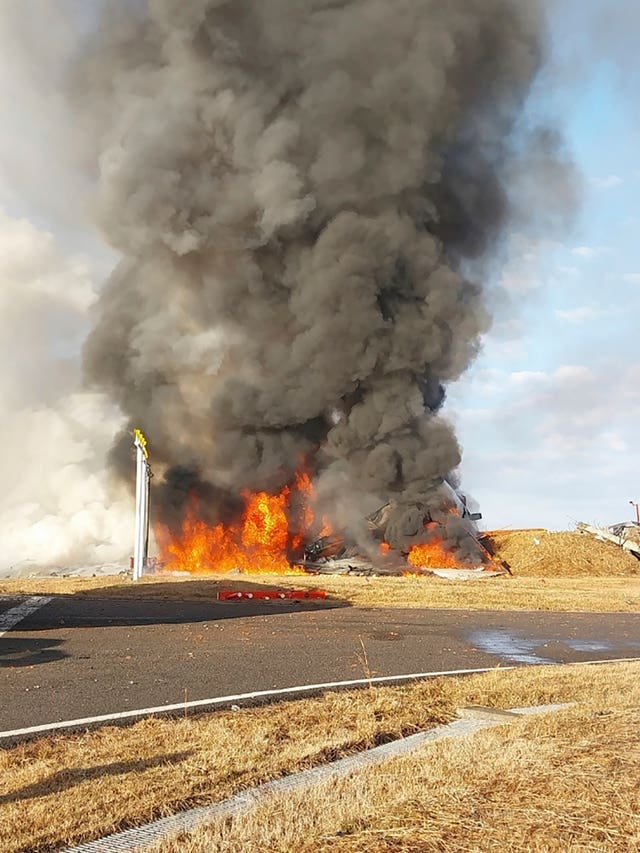
Footage of the crash aired by YTN television showed the Jeju Air plane skidding across the airstrip, apparently with its landing gear still closed, and colliding head-on with a concrete wall on the outskirts of the facility.
Other local TV stations aired footage showing thick plumes of black smoke billowing from the plane, which was engulfed in flames.
Lee Jeong-hyeon, chief of the Muan fire station, told a televised briefing that the plane was destroyed, with only the tail assembly remaining recognisable among the wreckage.
He said workers are looking into various possibilities for the cause of the crash, including whether the aircraft was struck by birds.
Transport ministry officials later said their early assessment of communication records show the airport control tower issued a bird strike warning to the plane shortly before it intended to land and gave its pilot permission to land in a different area.
The pilot sent out a distress signal shortly before the plane went past the runway and skidded across a buffer zone before hitting the wall, the officials said.
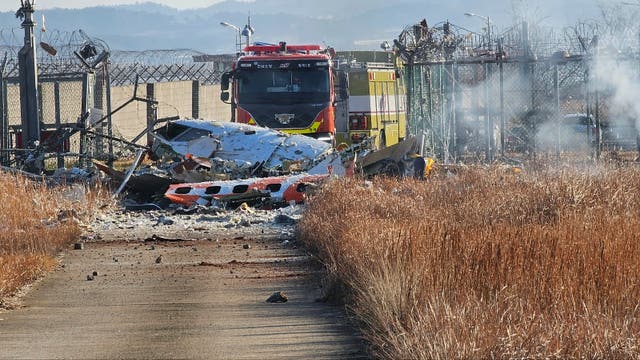
Senior transport ministry official Joo Jong-wan said workers have retrieved the plane’s flight data and cockpit voice recorders, which will be examined by government experts, and that the runway at Muan airport will be closed until January 1.
Emergency officials in Muan said the plane’s landing gear appeared to have malfunctioned.
The transport ministry said the plane’s passengers included two Thai nationals.
In a post on social platform X, Thai prime minister Paetongtarn Shinawatra expressed deep condolences to the families of those affected by the accident. She said she had ordered the foreign affairs ministry to provide assistance immediately.
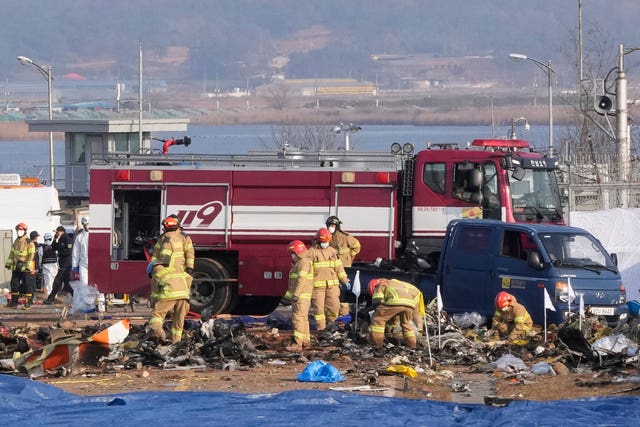
Kerati Kijmanawat, director of the Airports of Thailand, confirmed in a statement that Jeju Air flight 7C 2216 had taken off from Suvarnabhumi Airport with no reports of abnormal conditions with the aircraft or on the runway.
Jeju Air issued a statement expressing its “deep apology” over the crash and said it will do its “utmost to manage the aftermath of the accident”.
In a televised news conference, the airline’s chief executive, Kim E-bae, gave a deep bow with other senior company officials as he apologised to bereaved families and said he feels “full responsibility” for the incident.
He said the company had not identified any mechanical problems with the aircraft following regular checks and that he would wait for the results of government investigations into the cause of the incident.
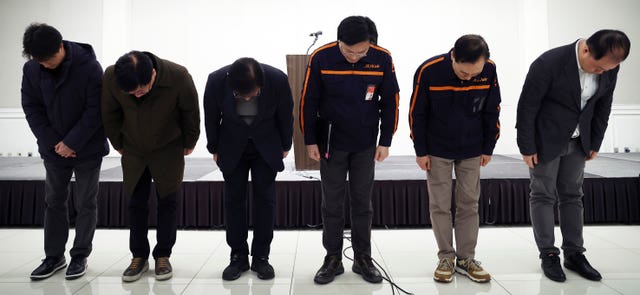
Boeing said in a statement on X that it is in contact with Jeju Air and ready to support the company in dealing with the crash.
“We extend our deepest condolences to the families who lost loved ones, and our thoughts remain with the passengers and crew,” it said.
It is one of the deadliest disasters in South Korea’s aviation history.
The last time South Korea suffered a large-scale air disaster was in 1997, when a Korean Airline plane crashed in Guam, killing 228 people on board. In 2013, an Asiana Airlines plane crash-landed in San Francisco, killing three and injuring approximately 200.
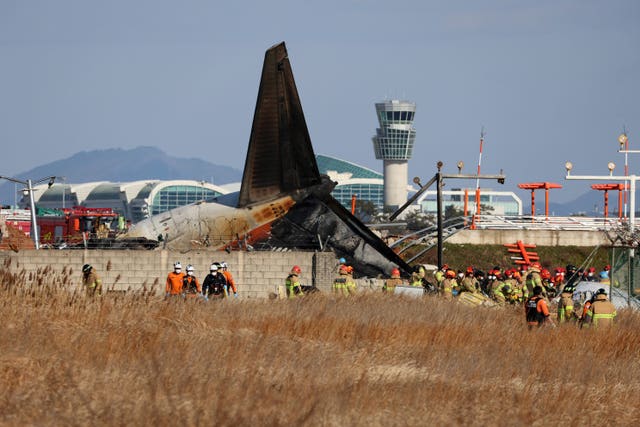
Sunday’s accident was also one of the worst landing mishaps since a July 2007 crash that killed all 187 people on board and 12 others on the ground when an Airbus A320 slid off a slick airstrip in Sao Paulo and collided with a nearby building, according to data compiled by the Flight Safety Foundation, a non-profit group aimed at improving air safety.
In 2010, 158 people died when an Air India Express aircraft overshot a runway in Mangalore, India, and plummeted into a gorge before erupting into flames, according to the safety foundation.
The incident came as South Korea is embroiled into a huge political crisis triggered by President Yoon Suk Yeol’s stunning imposition of martial law and ensuing impeachment.
Last Friday, South Korean politicians impeached acting President Han Duck-soo and suspended his duties, leading Deputy Prime Minister Choi Sang-mok to take over.
Mr Choi ordered officials to employ all available resources to rescue the passengers and crew before he headed to Muan.
Mr Yoon’s office said his chief secretary, Chung Jin-suk, will preside over an emergency meeting between senior presidential staff later on Sunday to discuss the crash.